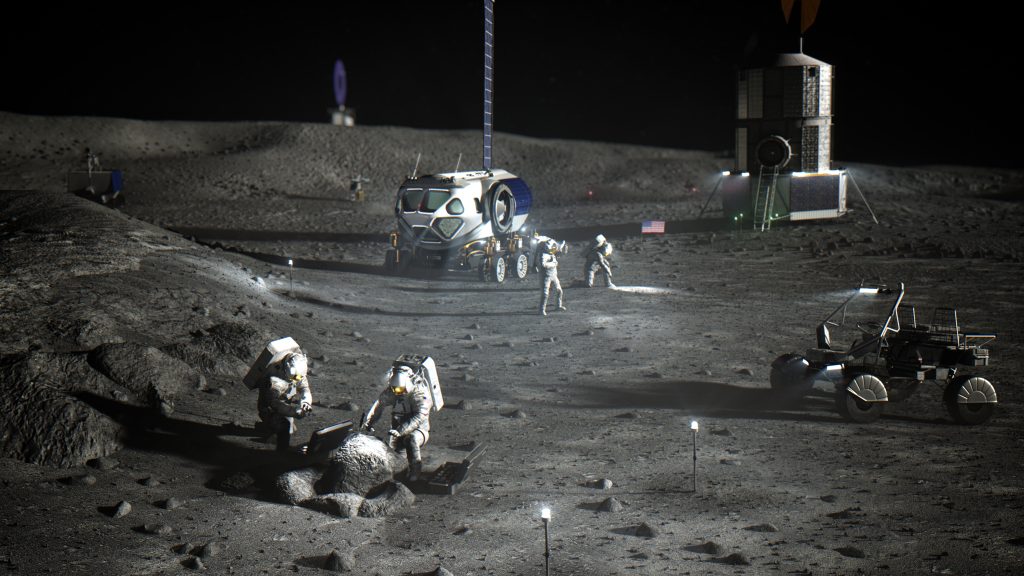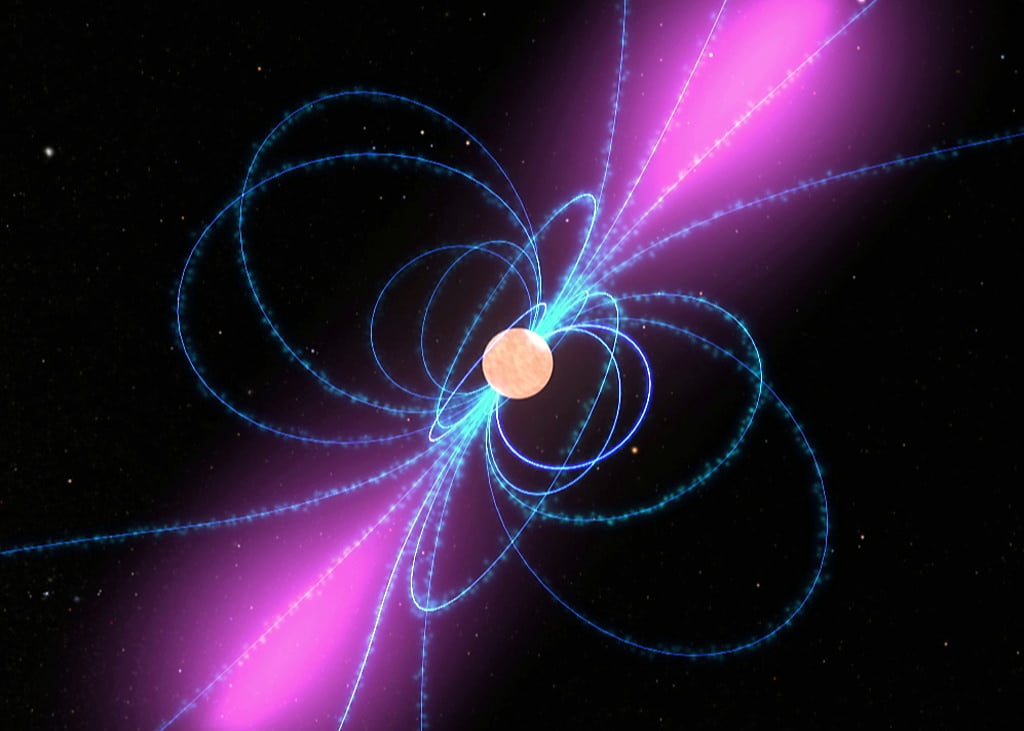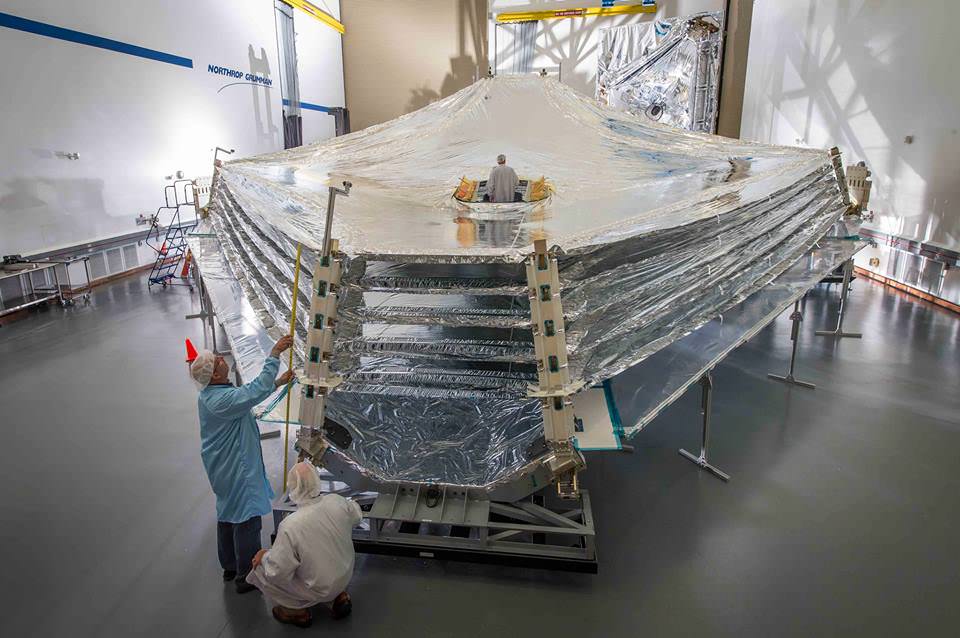
In anticipation of Artemis, the Canadian government just passed an amendment to extend its Criminal Code to the Moon!
Continue reading

Astronomers may have seen the magnetic field of a black hole undergo a magnetic reversal.
Continue reading

NASA's Mars InSight lander just detected the two most powerful "marsquakes" to date, which are already revealing things about Mars' geology.
Continue reading

NASA and HeroX have launched the NASA MarsXR Challenge, which will award up to $70,000 in prizes for innovative ideas on how to simulate future Mars missions.
Continue reading

Earlier today, NASA announced the winners of their "Honey, I Shrunk the Payload, the Sequel" Challenge!
Continue reading

A new study by an international team of astrophysicists has shown what a space-based interferometry telescope could reveal about supermassive black hole!
Continue reading

The Event Horizon Telescope Consortium has some big news about the center of our galaxy, and will be announcing at the ESO's headquarters on May 12th!
Continue reading

In a new study, an international team examines Mars' radiation environment and determined that the best place to build an underground habitat is where the atmosphere is thickest.
Continue reading

A remote solar eclipse this coming weekend sets us up for the first total lunar eclipse of 2022.
Continue reading

A new study has revealed how supermassive black holes (SMBHs) grow by consuming high-density star clusters
Continue reading

A new analysis of meteorite samples has found the building blocks of life that have eluded scientists so far.
Continue reading










































